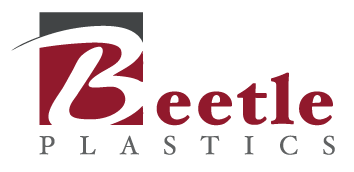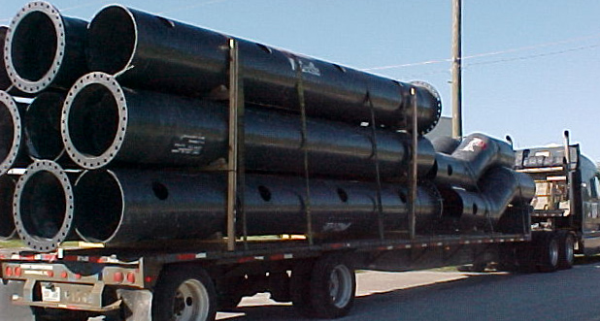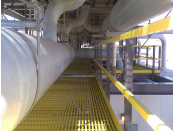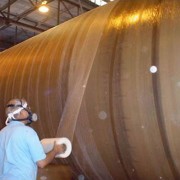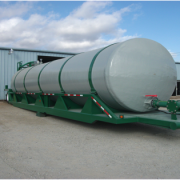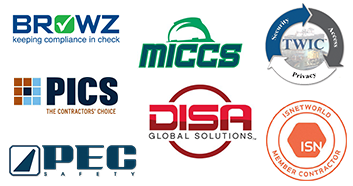Fiberglass Terminology
Like most technical and manufacturing industries, fiberglass has its own terminology. By and large you don’t need a large technical vocabulary to understand and interact with fiberglass reinforced polymer (FRP) literature, but there are some terms that will greatly increase your understanding.
Having a solid understanding of some of the most common fiberglass terminology is also helpful for more technical literature or when it comes time to discuss specific fiberglass solutions. Which is why we wanted to share with you a few of the terms we explain in our newest eBook Chemical Processing eBook: FRP Applications, Opportunities, and Solutions.
The Chemical Processing eBook is intended to be a good source of information regarding FRP and the chemical processing industry. While not exhaustive, the eBook is intended to be used as a supplemental tool and, as such, has a large section on common fiberglass terminology. Below you will find four of the most common and useful fiberglass terms to know.
Polymer– Polymers are substances whose molecules have high molar masses and are composed of a large number of repeating units. There are both naturally occurring and synthetic polymers. Composite materials are made up of a synthetic polymer matrix that is reinforced. Examples of synthetic polymers include epoxy, vinyl ester or polyester thermosetting plastic resins.
Reinforcement-Many different reinforcements may be used during the fabrication of FRP materials including polyester fibers, natural fibers, carbon fibers, arimid fibers, and glass fibers. The arrangement and combination of fiber reinforcements, along with resins, will in large part determine many of the characteristics of your final product. Examples of reinforcement types are surfacing mat, reinforced mat, chopped fibers, 13 woven fabrics, woven roving, and continuous strand roving.
Resin– Broadly defined, resins encompass a large class of synthetic products that have some of the physical properties of natural resins but are different chemically and are used chiefly in the manufacturing of plastics, fiberglass and other composites. Typically each resin has its own characteristic properties.
Corrosion Barrier– A resin rich veil layer that varies in nominal thickness depending on the service environment. Typically followed by random chopped strand mat or chopped strand roving; other subsequent reinforcements and scheduling may be utilized depending on the service environment or specifications. The high resin content of the corrosion barrier effectively shields the structural laminate from chemical attack. Inner layer and mat construction generally follow corrosion barriers for structural and mechanical purposes.
Download our free ebook Chemical Processing eBook: FRP Applications, Opportunities, and Solutions to learn more about FRP, fiberglass terminology, and corrosion.
